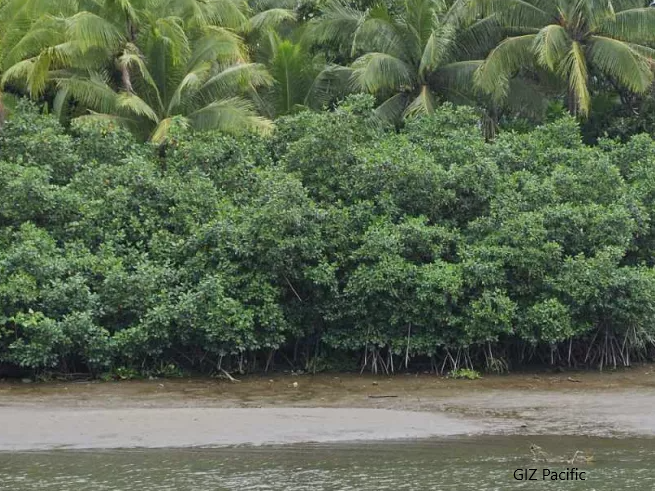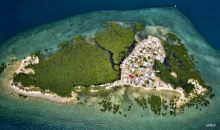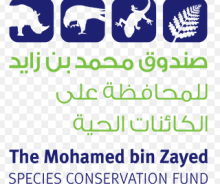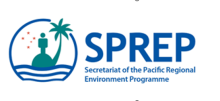
Mangrove and seagrass habitats provide a range of ecosystem services for fisheries as nursery sites that support spawning and recruitment (Unsworth et al. 2014; Nagelkerken et al. 2008). The breakdown of litter from both mangroves and seagrass beds supports microbial and planktonic food webs (Peduzzi and Herndl 1991), and these symbiotic relationships further support fisheries (Legendre and Rassoulzadegan 1995). However, many of these ecosystems face threats from environmental and climate-driven stressors as well as natural disasters (e.g. local processes on land, including sediment mobilisation and transport, resulting in downstream sediment burial of these fisheries). Global ocean processes, including thermal inertia and ocean acidification, are a further looming threat. These hazards present challenges for both future biodiversity and sustainable biomass yields of fisheries.









